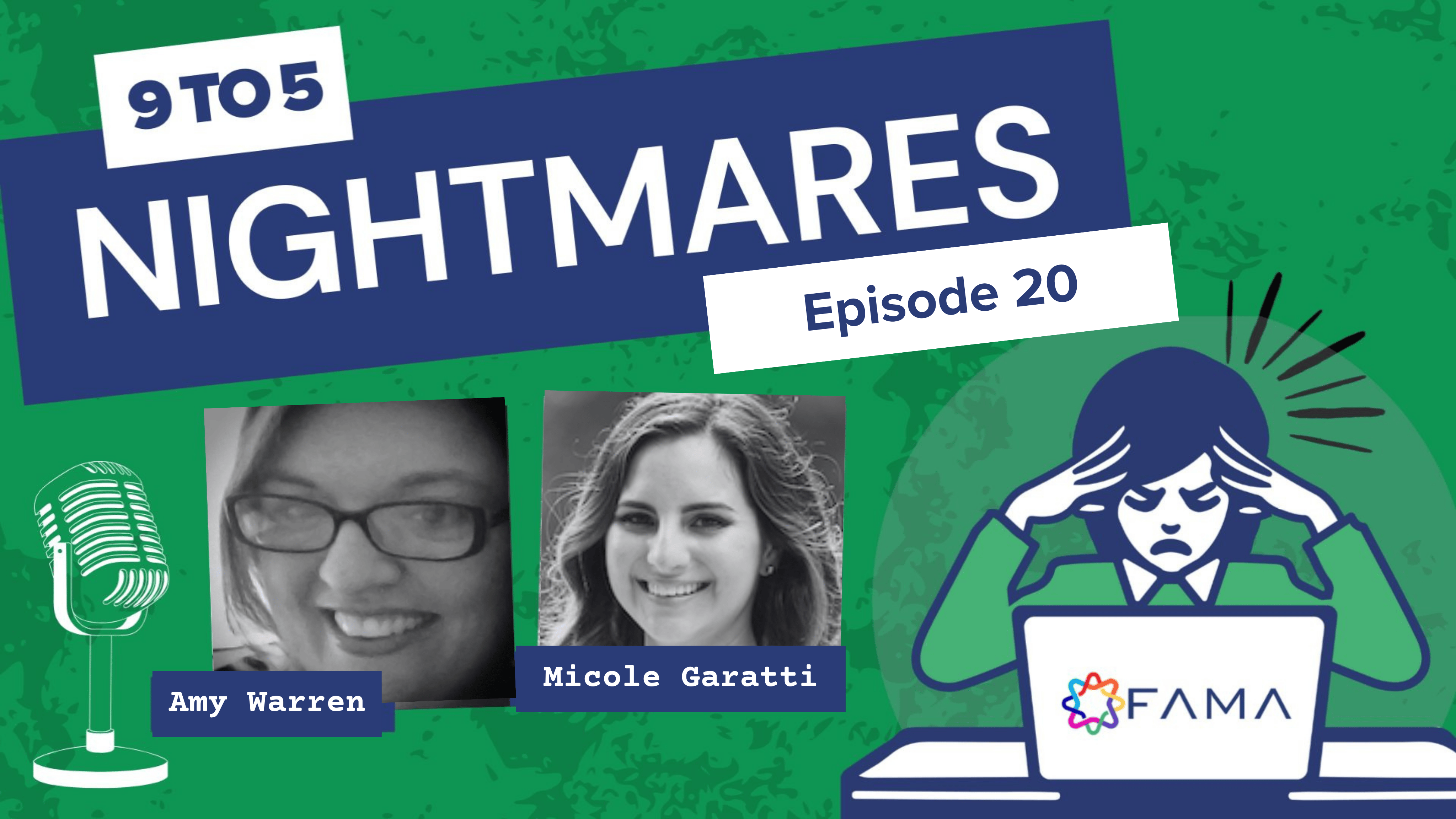Where Influencer Marketing Went Wrong (and how to make it right)

Influencer marketing has skyrocketed in the last 10 years. Since the arrival of social media, companies have witnessed the rise of a new personality called the influencer. With the ability to engage fans online and offline, influencers can drive purchasing decisions more powerfully than ever thought before. These days, influencers aren’t just athletes and actors—they are gamers, kids, dogs, and even computer-generated characters.
Influencer marketing has grown tremendously in the last few years, rising even faster than digital ads and projected to grow even more in the next five years. With an ability to connect with niche audiences and drive purchase decisions more quickly than most digital ads, influencers are an advertiser’s dream. Companies clamor for influencers because their ads look authentic. Rather than send a traditional ad into the news feed, brands can have influencers share a post of themselves using or endorsing the company’s product.
However, that doesn't mean it's safe to dive right in. In their search for relevant marketing channels and stars who bring in millions of dollars, many brands have foregone due diligence, which has led companies to spend thousands of dollars and hurt their brands in the process. Why does this happen? In part, it’s because only 29% of influencers are asked about their audience demographics. But to more fully understand how influencers can hurt your brand, we need to understand their motivations.
1. Many influencers aren’t invested in your brand
In August 2015, Adidas signed James Harden of the Houston Rockets away from Nike in a 13-year deal worth $200 million. So when Harden was found wearing Nikes in mid-September, the internet went wild about the perceived betrayal. While it turns out Harden was reportedly just fulfilling contractual obligations, the controversy still reflects the transactional nature of many paid partnerships between brands and influencers. Even when influencers are committed to their contracts, it doesn’t necessarily follow that they’re invested in your brand.
2. Choosing the wrong influencer can hurt your brand
When Pepsi launched its global diversity campaign with Kendall Jenner, they did not realize what a firestorm their ad would create. Borrowing images from Black Lives Matter, the company released a video in which Jenner ditches her photoshoot, approaches a line of police officers, and offers one of them a Pepsi. People saw right through the ad, infuriated that Pepsi would use someone like Jenner in #BlackLivesMatter to sell soda. Influencers can have good intentions but if they’re not really aligned with your values, they can generate a backlash that’s hard to withstand.
3. Influencers might have off-brand content
A few hours after the New York Times hired tech writer Quinn Norton, tweets surfaced showing that Norton had once retweeted a racial slur, used language considered derogatory in the queer community, and signaled friendship with a known neo-Nazi. Even as journalists argued that Norton had suffered “context collapse,” the Times chose to part ways with Norton. The Quinn Norton case shows that it’s critical to screen influencers for potential red flags, and that even when tweets are put in proper context, the public’s response can sink your partnership.
So how do you protect your brand while working with influencers? We find that the strongest partnerships practice transparency and look for shared values.
Develop and find brand advocates.
73% of influencers put in more effort when they feel brand resonance. The more genuine passion your influencer has for your brand, the more organic the partnership will be. Are you forcing a relationship with a big influencer in hopes of reaching a large audience? Try working with a microinfluencer instead and consider how they might promote your product besides recommending a product directly. Alternatively, cultivate brand advocates, who can generate more than twice the ROI of influencers through word of mouth.
Follow the FTC guidelines for influencers.
In 2017, the Federal Trade Commission (FTC) laid out a set of guidelines that influencers and companies should follow and has required influencers to disclose the relationships they have with brands. While some argue that this dilutes the authenticity of the ad, marketing experts say that being forthright about the relationship in accordance with FTC guidelines actually helps maintain authenticity, strengthening consumer connection with brands and giving them stake in the interaction.
Screen influencers as closely as you screen employees.
The accountability mechanisms for influencer marketing are few, and even if influencers are not on your payroll, the public sees them as part of your brand. Besides screening for flags, make sure the influencer understands your mission and brand, and is committed to the objective and terms of the partnership. Making the effort to choose the right influencer with the right traits can not only set you apart but also keep you safe from a potential PR disaster.
Get the Newsletter
Recent Blog Posts

Managing Viral Misconduct Risk from Cinnabon Outbursts to DoorDash Tampering: #9to5Nightmares ep 20









